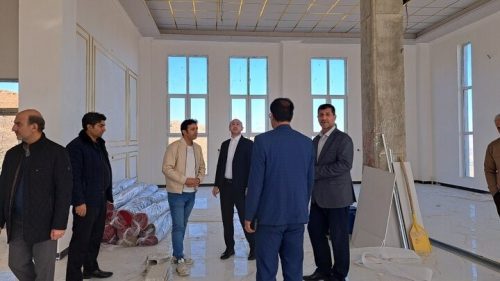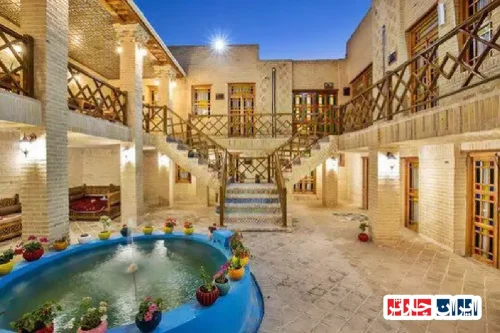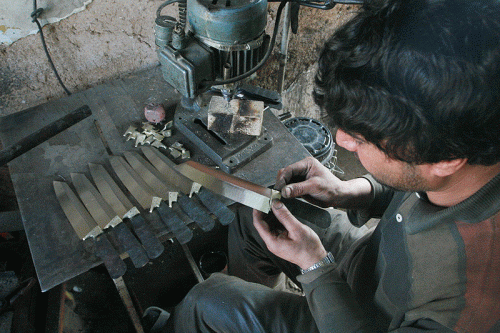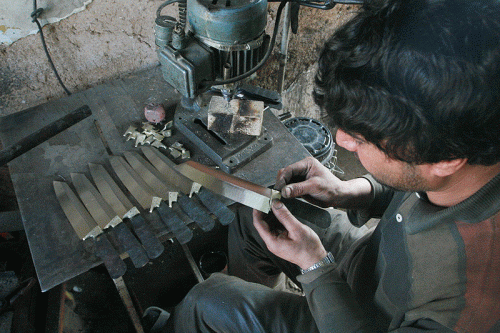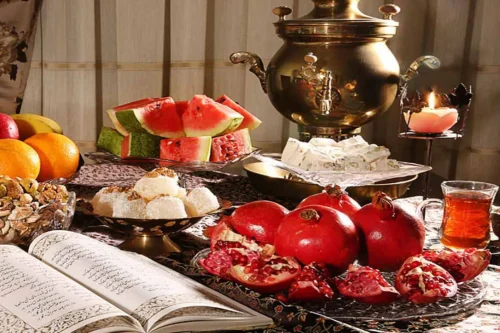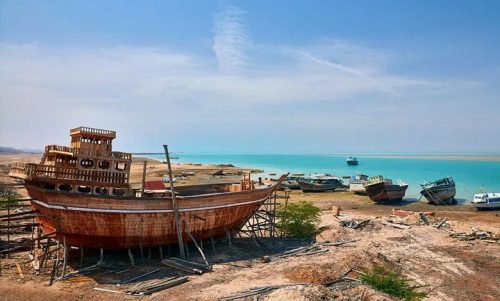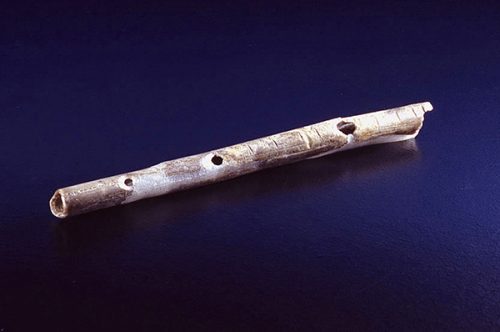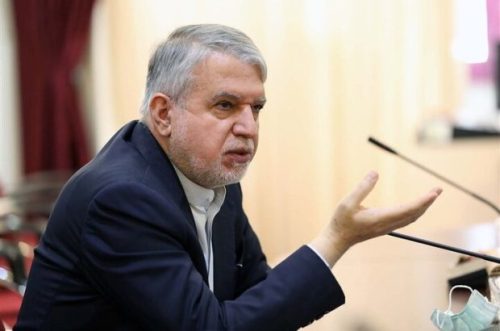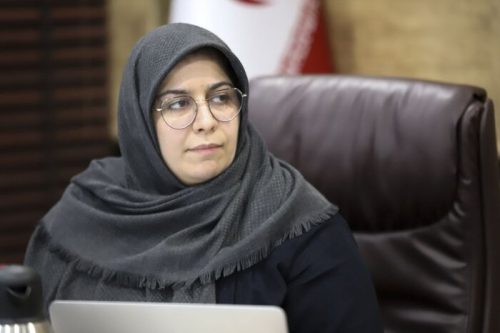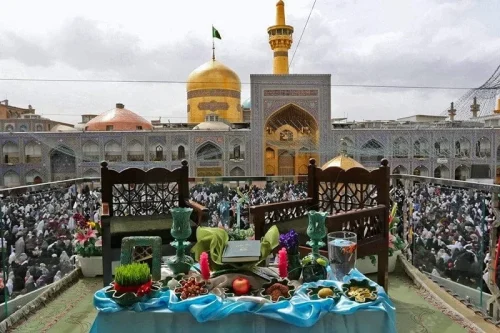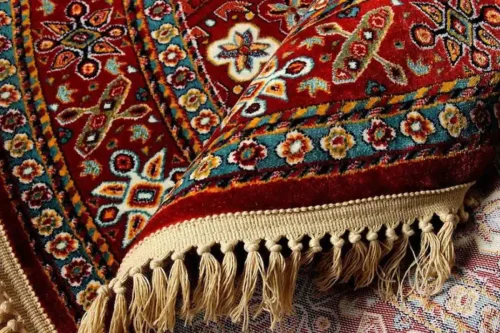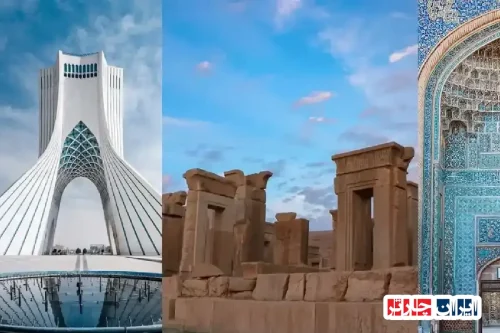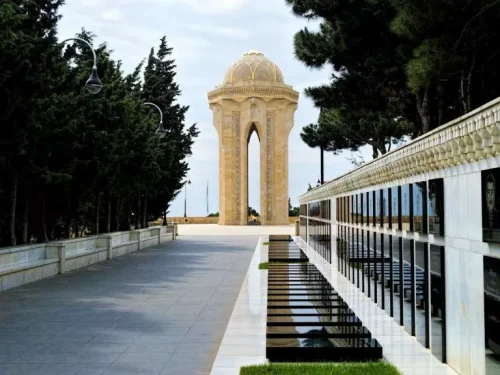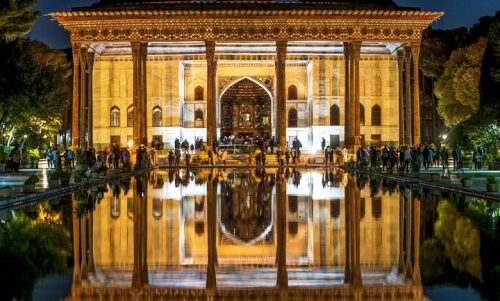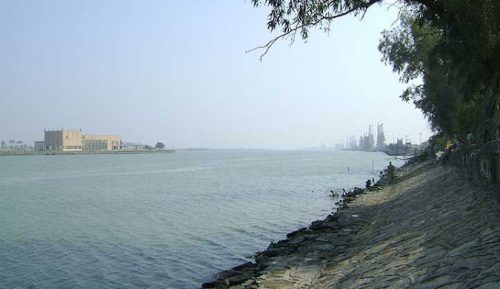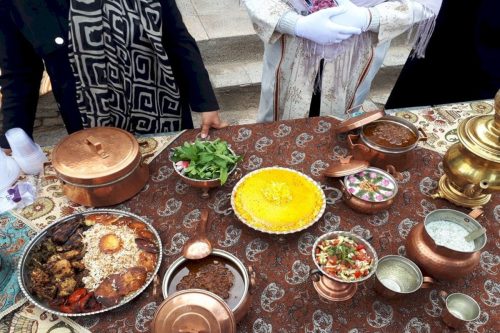discover irans legacy chogan and strength sports uniting culture and sport
Introduction: Iran’s Rich Tapestry of Culture and Sport
Welcome to Iran, a land where millennia of history have woven a vibrant tapestry of culture, art, and tradition unlike anywhere else on Earth. While its ancient ruins and bustling bazaars are renowned, Iran’s unique identity is also deeply embedded in its dynamic sporting heritage. Far from being mere physical activities, traditional Iranian sports are living embodiments of the nation’s values, stories, and social customs, offering travellers a fascinating lens through which to understand this captivating country.
Prepare to delve into a world where athletic prowess meets profound cultural significance. This exploration will take us from the historical grounds of the ancient game of Chogan, a precursor to modern polo that speaks volumes about Persian nobility and artistry, to the powerful, ritualistic world of Iranian strength sports. Discover how these captivating disciplines are not just pastimes but integral parts of Iran’s cultural soul, demonstrating the enduring unity of sport and heritage across this extraordinary land, promising unforgettable experiences for anyone visiting Iran.
Chogan: An Ancient Game of Royalty and Culture
Step back in time and discover Chogan, an exhilarating ancient game that is far more than just an early form of polo; it’s a living piece of Persian history and a UNESCO-recognized intangible cultural heritage. Originating in Iran over 2,000 years ago, Chogan was the sport of kings and noblemen, a spectacle of skill, horsemanship, and strategic prowess played on vast fields. Witnessing or learning about Chogan offers a unique window into the opulence and cultural sophistication of ancient and medieval Persia, showcasing the deep connection between aristocratic life, martial skill, and vibrant public performance that defines this remarkable heritage sport.
Today, while perhaps not played with the same royal fanfare on every street corner, the spirit of Chogan endures and is a captivating highlight for visitors exploring Iran’s rich past. Imagine the thundering hooves and the clash of mallets in iconic locations like Isfahan’s historic Naghsh-e Jahan Square, which was specifically designed to host Chogan matches centuries ago – a testament to its central role in urban life and culture. Exploring Chogan connects you directly to Iran’s regal past, offering an unforgettable cultural experience that beautifully intertwines sport, history, and the enduring artistry of Persian tradition for anyone looking to truly experience Iran.
Traditional Iranian Strength Sports and Pahlavani Rituals
Delve deeper into Iran’s unique cultural landscape by discovering its traditional strength sports, collectively known as Varzesh-e Bastani (ancient sport), and the profound Pahlavani rituals associated with them. This is no ordinary display of physical might; it’s a centuries-old discipline steeped in ethical codes, Sufi mysticism, and heroic legends. Practiced in a special domed structure called a Zurkhaneh (House of Strength), these sessions blend rigorous physical training with spiritual contemplation, respect for elders, and community solidarity. Witnessing a Zurkhaneh performance offers a powerful glimpse into the values of humility, chivalry, and strength of character that underpin Iranian heritage.
Experiencing a Zurkhaneh session is a truly unique highlight for travellers in Iran. As the rhythmic beat of the morshed (master) on his drum and the chanting of epic poetry fill the air, athletes perform ancient movements with heavy, traditional equipment like wooden clubs (mil), metal shields (sang), and bows (kaman). It’s a mesmerizing ritual that showcases not just physical strength but also discipline, grace, and a deep sense of brotherhood. Seeking out a Zurkhaneh during your visit to Iran provides an authentic, moving encounter with a living tradition that beautifully embodies the blend of physical prowess and spiritual depth in Iranian culture.
The Symbiotic Relationship: Where Culture and Sport Intersect
In Iran, the realms of culture and sport are not distinct but rather form a rich, symbiotic relationship that has shaped the nation’s identity for centuries. Traditional practices like the ancient game of Chogan and the ethical disciplines of Varzesh-e Bastani in the Zurkhaneh are powerful testaments to this bond. These activities are deeply embedded in Iran’s historical narrative, reflecting its values of chivalry, community, spirituality, and artistic expression. They demonstrate how physical pursuits have long served as vehicles for transmitting cultural knowledge, reinforcing social cohesion, and celebrating shared heritage across generations. Understanding this intersection is key to appreciating the soul of Iran.
For the discerning traveller, experiencing this unique blend of culture and sport offers profound insights that go beyond typical sightseeing. Attending a Zurkhaneh session or learning about the history of Chogan provides an authentic window into the Iranian character and its enduring traditions. It highlights how physical strength is often intertwined with moral fortitude and community spirit. Exploring this fascinating dynamic enriches your visit to Iran, offering a deeper connection to its vibrant past and present and revealing why traditional Iranian sports are considered not just games, but living expressions of the nation’s proud and ancient cultural heritage.
Preserving the Legacy: Modern Efforts and Future Outlook
In an era of rapid globalization and modernization, the challenge of preserving ancient cultural practices like Chogan and traditional Iranian strength sports is significant. However, dedicated efforts are actively underway across Iran to ensure these invaluable aspects of its heritage not only survive but thrive for future generations. From governmental bodies recognizing and supporting these traditional disciplines to local communities and sports clubs diligently training new practitioners in Zurkhanehs, there’s a strong commitment to keeping the flame of these cultural sports alive. Initiatives focus on documentation, education, and promoting participation, ensuring the skills, ethics, and stories associated with Iran’s unique sporting legacy are passed down effectively.
The future of Iran’s traditional sports looks promising, fueled by a renewed sense of national pride and increasing global interest. As more travellers seek authentic cultural experiences, the unique rituals of the Zurkhaneh and the historical grandeur of Chogan matches offer compelling reasons to visit Iran. By exploring these living traditions, tourists play a vital role in their preservation, providing support and demonstrating the global value of Iran’s rich cultural tapestry. Engaging with these sports allows visitors to connect directly with the heart of Iranian identity, contributing to a vibrant future where ancient heritage and modern appreciation go hand in hand for anyone planning to travel Iran.
Frequently Asked Questions (FAQs)
- What exactly is Chogan? Chogan is an ancient Persian horseback team sport, often considered a precursor to modern polo. It involves two teams on horseback using mallets to hit a ball into a goal.
- How old is the game of Chogan? Chogan has a history spanning over 2,000 years, originating in ancient Persia (Iran) and initially played among nobility and royalty.
- Is Chogan still played in Iran today? Yes, while its prominence as a royal sport has evolved, Chogan is still practiced in Iran today, with ongoing efforts to preserve and promote its heritage.
- What are Traditional Iranian Strength Sports? These are a collection of ancient athletic practices, collectively known as Varzesh-e Bastani (ancient sport) or Pahlavani rituals, which combine physical training with ethical and spiritual principles.
- What is a Zurkhaneh? A Zurkhaneh is the traditional gymnasium or “House of Strength” where Varzesh-e Bastani and Pahlavani rituals are performed. They are unique domed structures often adorned with symbols of strength and spirituality.
- What happens during a Zurkhaneh session? A session involves rhythmic movements, exercises with traditional equipment (like heavy wooden clubs and metal shields), accompanied by the singing and drumming of a morshed (master), incorporating epic poetry and religious verses.
- How do these sports connect to Iranian culture? They are deeply intertwined with Iranian culture, embodying values such as chivalry, humility, community spirit, and spirituality, and connecting modern Iranians to their historical epics and ethical traditions.
- Have these traditional Iranian sports received international recognition? Yes, both Chogan and Varzesh-e Bastani, along with their associated rituals, have been recognized by UNESCO as intangible cultural heritage of humanity.
- Can tourists witness or experience these traditional sports in Iran? Absolutely! Many Zurkhanehs across Iran, particularly in cities popular with tourists like Yazd, Isfahan, and Tehran, welcome visitors to watch their fascinating training sessions. Witnessing a performance is a key cultural highlight.
- Why should a tourist be interested in Iran’s traditional sports? Exploring Chogan and traditional strength sports offers a unique and authentic window into Iran’s history, values, and living cultural heritage, providing a deeper understanding of the country beyond its ancient sites and contemporary life.

